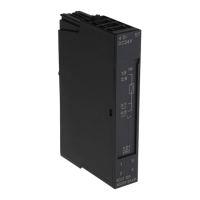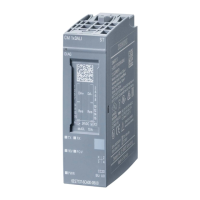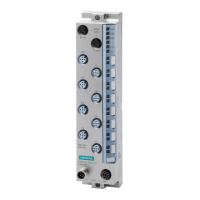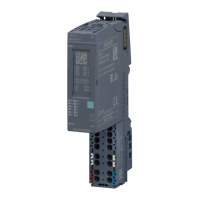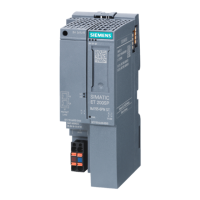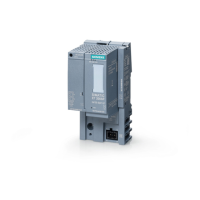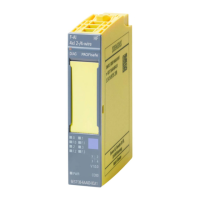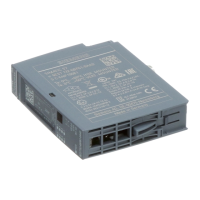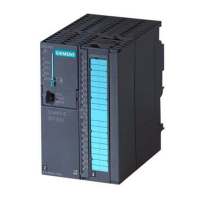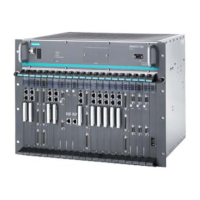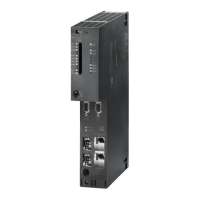Functions
3.2 Option handling without RESERVE modules
IM151-1 FO STANDARD interface module (6ES7151-1AB05-0AB0)
Manual, 02/2010, A5E01075965-03
23
3.2 Option handling without RESERVE modules
3.2.1 Principle of operation of option handling without RESERVE modules
Principle
In the case of option handling without RESERVE modules, the configuration data are
insufficient to compare the preset configuration with the actual configuration. In addition,
information about the existing options is still required. This information must be sent to the
IM151-1 FO STANDARD via the user data. To receive the user data, the IM151-
1 FO STANDARD initially goes formally into cyclic data exchange after the configuration
data have been received. However, direct I/O access does not yet take place. Output data
are rejected, the input data are zero. The IM151-1 FO STANDARD only responds to the
output data that you have to connect to a power module (O or SO). A preset-actual test isn't
possible until this option information is available. Only after this can the I/O devices be
operated.
Because the option information is stored retentively in the IM151-1 FO STANDARD, this
intermediate state only exists during the first commissioning or reconfiguration/retrofitting.
Please note the following:
● Data record requests to option slots that do not exist induce a fault (80B0).
● If the IM151-1 FO STANDARD is operated without configuration or without a CPU (DP
master), it supplies the configuration as it exists. This is relevant for wiring test tools,
since the actual slot numbers, without gaps from 1 to n, are used there for status/control.
● There are no limitations when "packing" digital modules. Theoretically, the module to
which the byte address is assigned in the preset configuration can be missing in the
structure.
Note
The configured slot numbers (slot numbers in data records, and for events such as
diagnostics and interrupts) always apply for slot addressing.
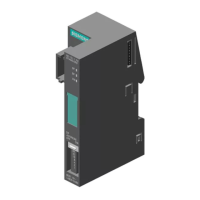
